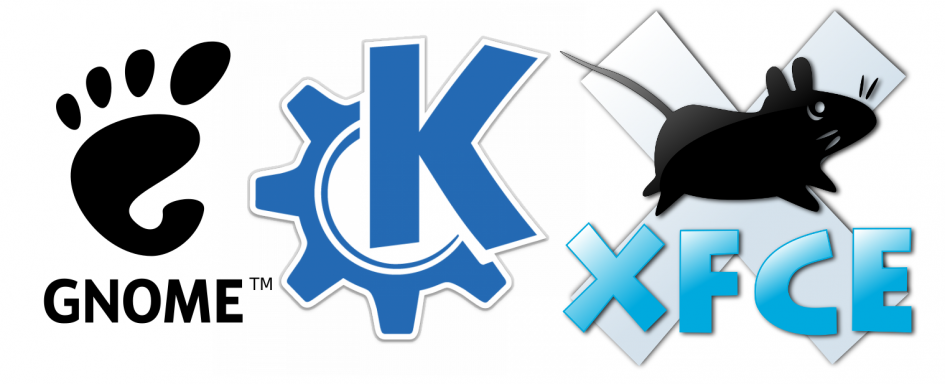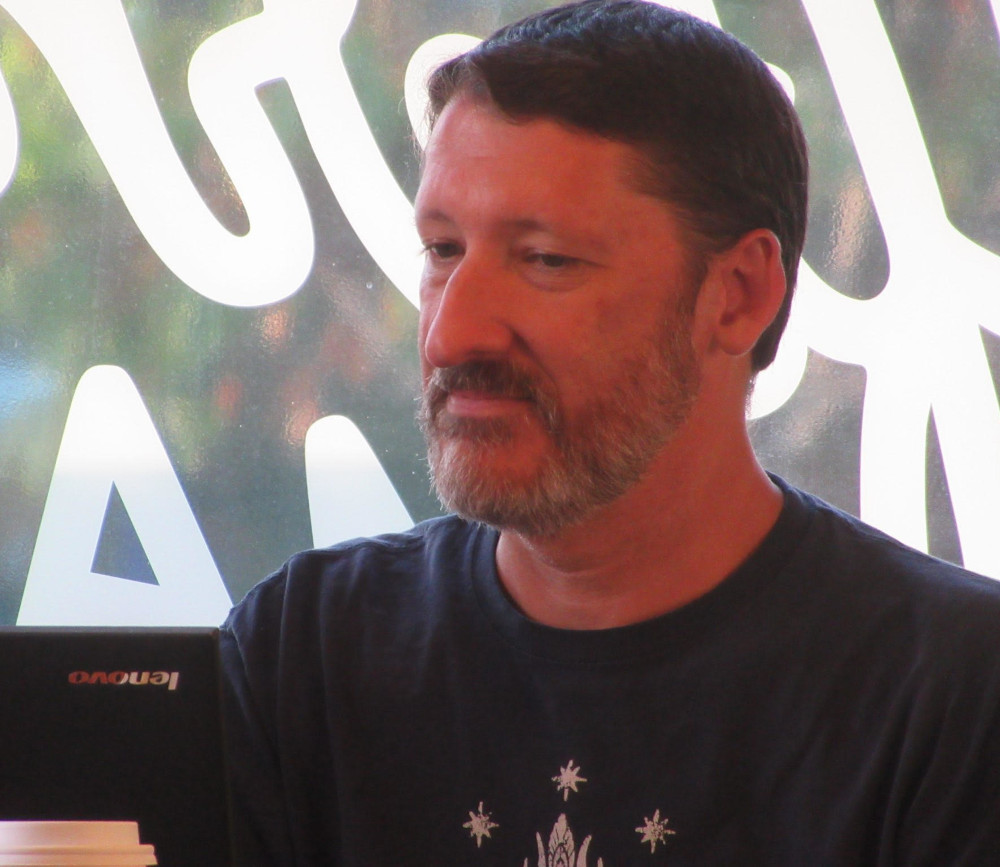Long ago, in a galaxy far, far away … Or maybe ten years ago in this galaxy … two main Linux desktop environments were dominant: GNOME and KDE. Sure, there were smaller segments of users who chose something like XFCE, Window Maker or OpenBox, but generally speaking, most users went with GNOME or KDE. Both were full-featured desktop environments that required moderately new hardware.
But things started to fall apart in 2008 with the release of KDE 4. As a result of persistent and long-lived instability in KDE 4, the majority of Linux distributions went with GNOME 2 as their default desktop. This situation continued until the 2011 release of GNOME 3. A complete departure from the traditional desktop paradigm, GNOME 3 alienated a significant chunk of its user base. Linus Torvalds (the creator of Linux) even contributed to the criticism, calling GNOME 3 an “unholy mess”.
As a result of this widespread dissatisfaction, Ubuntu created its own desktop environment called Unity, which was also greeted with sharp criticism. This inspired Linux Mint to create a more traditional desktop environment called Cinnamon, which received better reviews and increased the distribution’s popularity. Those who preferred GNOME 2 forked the code and continued its development under the name MATE. The usage of other desktops like XFCE and LXDE increased as well. In 2017, I’m seeing a lot of excitement about new desktop environments: Budgie, Pantheon, LXQT and several others – all gaining in popularity.
This fragmentation highlights one of the problems the Linux world has been trying to address for years: the inability to present a consistent image to new users and software developers. While I agree choice is good, the overabundance of choice can be worse than no choice at all. When it comes to the Linux operating system, inconsistencies in certain areas have discouraged new users. These inconsistencies also discourage the porting of software to the platform.
The one Linux system that has gained wide appeal is Android. And most people are completely oblivious to the fact that Android is a Linux system. But because fragmentation has been held in check, especially compared to the Linux desktop, Android has become the most widely used operating system in the world. Even though vendors add their own bits and pieces, the vast majority of them ensure compatibility with apps in the Play Store.
Which brings me back to the point at hand. Fragmentation is keeping the Linux desktop in the shadows. With no clear winner in the desktop environment, vendors don’t know how to write their software for Linux. Which framework do they target? GTK or QT? And which app paradigm do they target? Client side decorations, Unity’s global menu, or a traditional menu system?
Current Linux desktop users have learned to cope with these usage problems. They are faced with apps that look different or unattractive on different desktop environments. And asking for help requires visiting a forum or message board, where the problem isn’t usually simple to describe. Experienced users do fine, but new users typically don’t know where to start and revert to their previous operating system out of frustration.
Ultimately, as with most other areas of life, choice is a double-edged sword. Choice is nice, but sometimes the responsibility it carries is too heavy, decreasing its value.


Leave a Reply